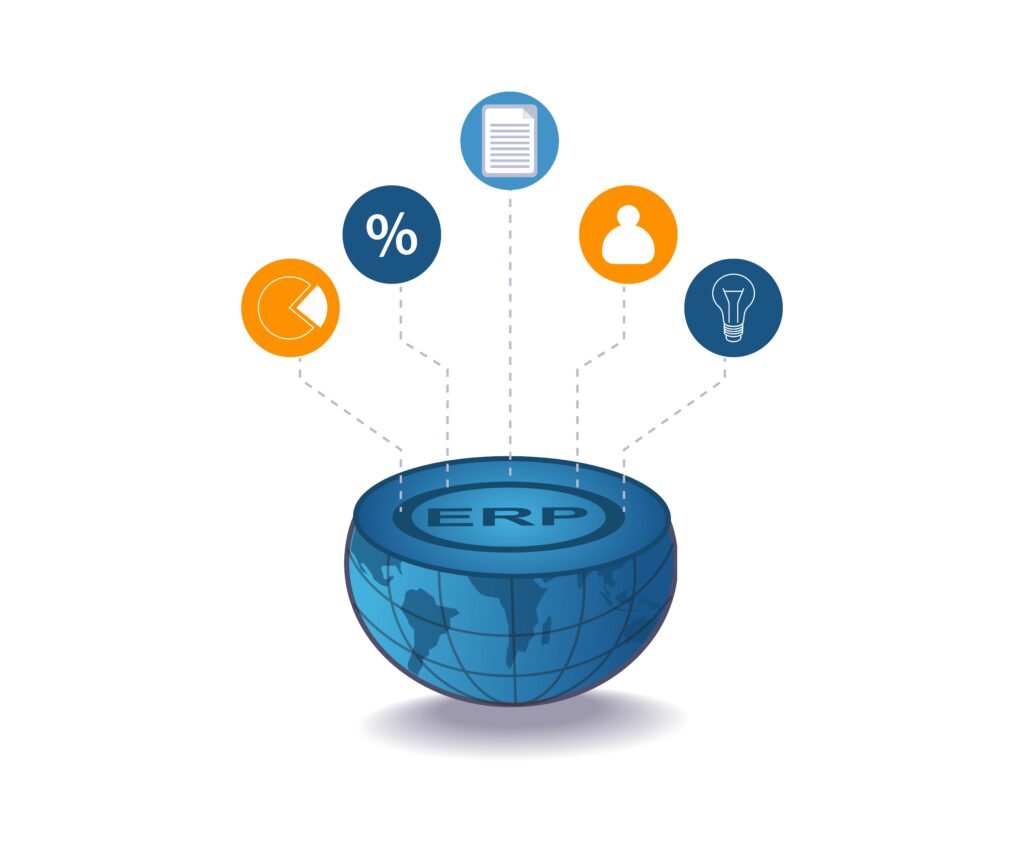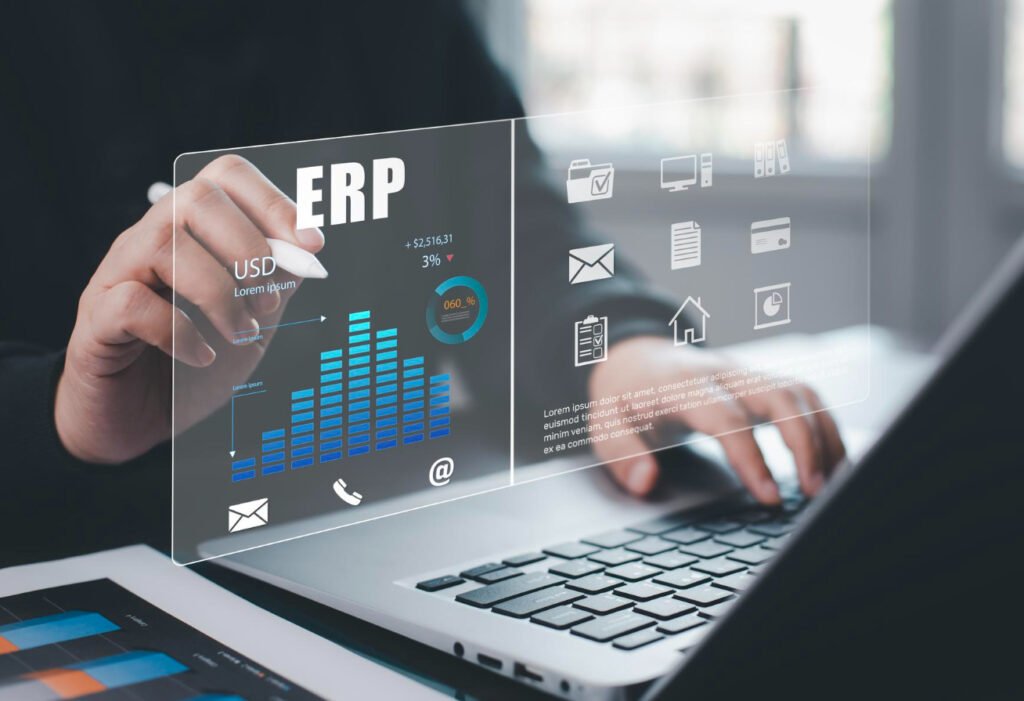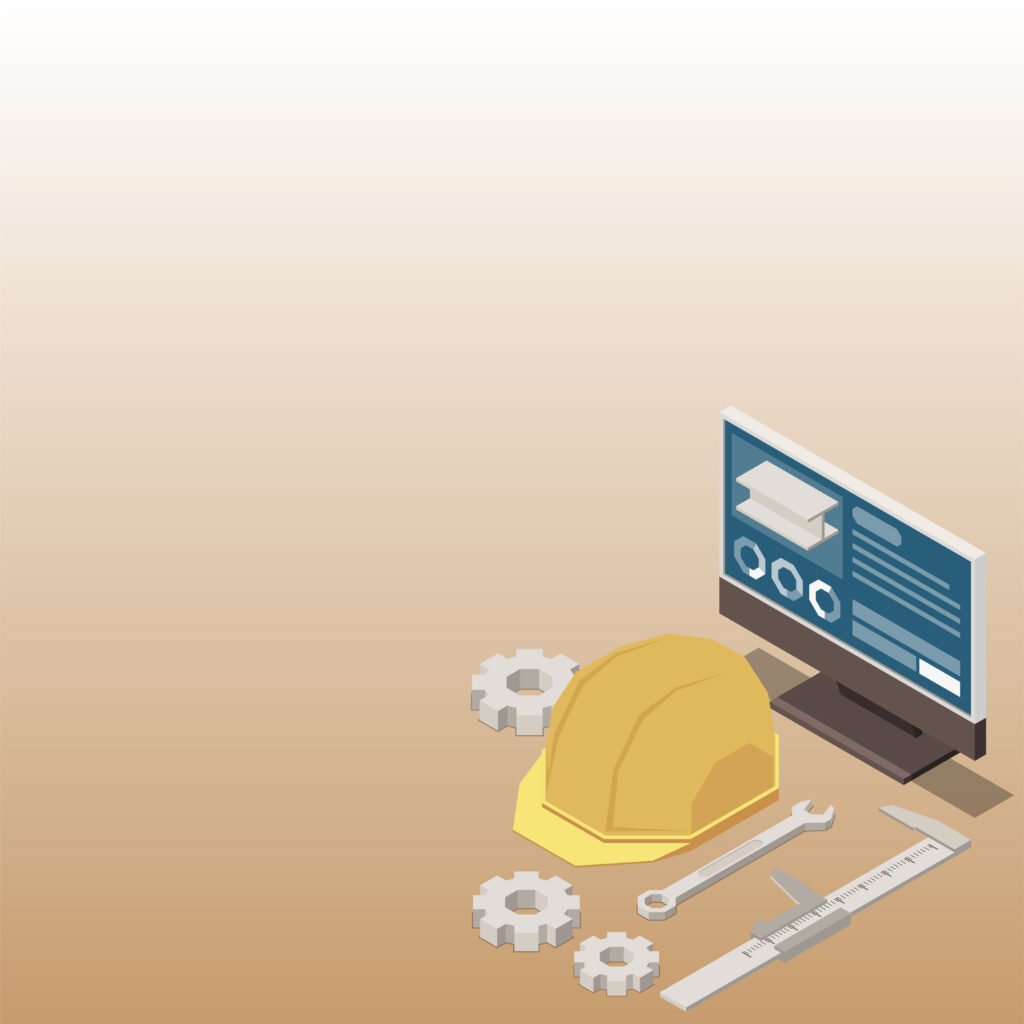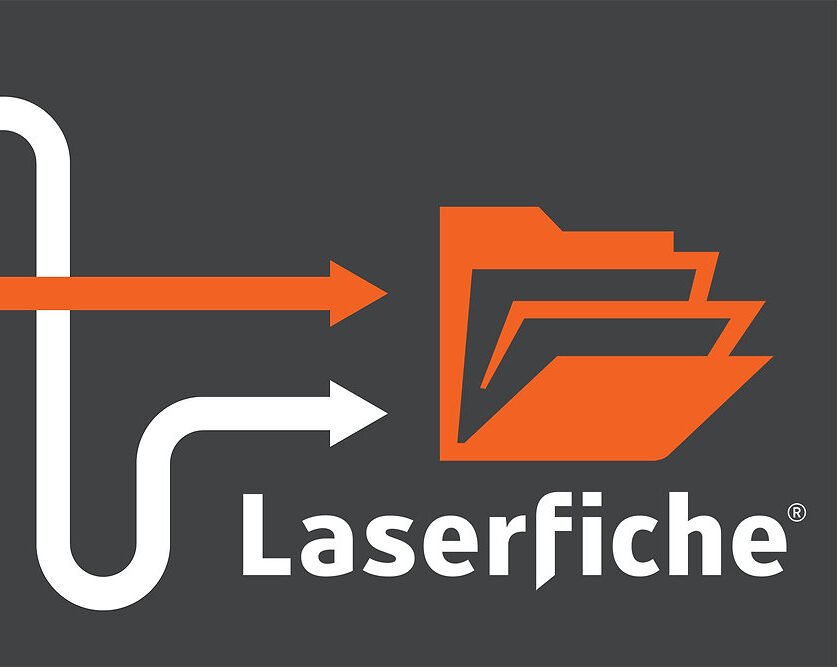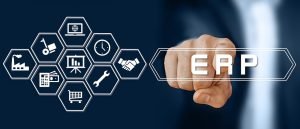Enterprise Resource Planning (ERP) is a crucial tool in modern business, enabling organizations to achieve increased efficiency, streamline processes, and optimize resource utilization.
This article explores ERP, its intricacies, advantages, and potential pitfalls, providing a comprehensive guide for decision-makers, business leaders, and enthusiasts.
It explores various types of ERP systems, their advantages and disadvantages, and the implementation process.
ERP connects various organizational aspects into a harmonious efficiency, empowering organizations to make informed decisions and unleash their full operational potential.
The fusion of technology and strategy in ERP redefines how businesses navigate the complexities of the contemporary market landscape.
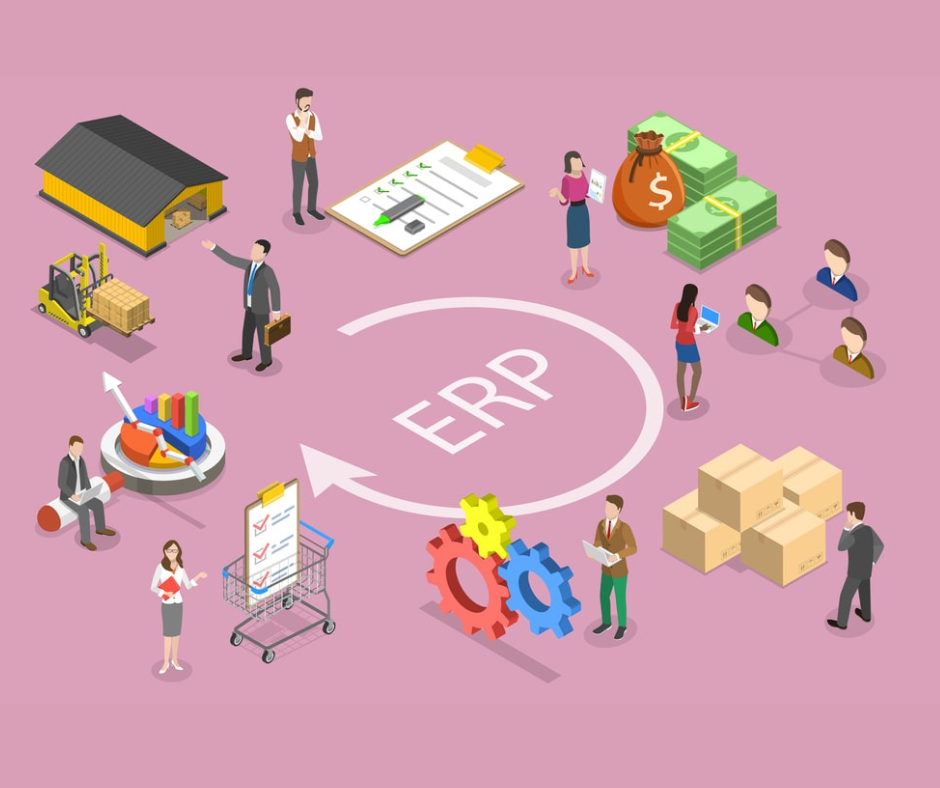
What is Enterprise Resource Planning (ERP)
Enterprise Resource Planning (ERP) is a comprehensive software solution designed to streamline and integrate business processes across an organization.
It serves as a centralized hub that enables efficient management of various functions such as finance, human resources, supply chain, manufacturing, and customer relationship management.
ERP systems facilitate the flow of information and enhance communication between different departments, providing real-time data and insights to support decision-making.
In essence, ERP acts as a unified platform that eliminates data silos, reduces manual processes, and enhances collaboration among different teams within an enterprise.
This integration helps organizations achieve operational efficiency, cost savings, and improved overall performance.
Features of Enterprise Resource Planning (ERP)
differ from conventional corporate management tools in several important ways. Among them are:
- Integration: ERP systems provide smooth data flow and communication by integrating several business activities into a single, coherent platform.
- Modularity: ERP systems are designed to be flexible, enabling businesses to select the finance, HR, inventory management, and other modules that best suit their needs.
- Centralized Database: ERP systems store and retrieve data from a centralized database, guaranteeing accuracy and consistency throughout the company.
- Real-time Updates: ERP gives stakeholders access to the most recent data so they may make well-informed decisions.
- Customization: ERP solutions are frequently adaptable to meet particular business needs, enabling businesses to customize the system to fit their workflows.
Advantages of Enterprise Resource Planning (ERP)
- Enhances Operational Efficiency: ERP systems streamline and automate business processes, eliminating manual tasks and reducing errors.
- Improves Collaboration and Communication: A centralized data repository in ERP fosters better collaboration and communication.
- Mitigates Data Accuracy and Reliability: ERP acts as a single source of truth, mitigating the risk of data inconsistencies and errors.
- Contributes to Cost Savings and Resource Optimization: Automation of routine tasks and optimization of business processes lead to significant cost savings.
- Provides Competitive Advantage: ERP allows organizations to respond swiftly to market changes and customer demands, allowing for agile and adaptable decisions.
- Empowers Strategic Decision-Making: ERP provides comprehensive insights into various aspects of the business, empowering decision-makers with valuable information.
- Ensures Regulatory Compliance: ERP systems automate compliance processes and maintain accurate records, reducing the risk of penalties and legal issues.
- Improves Customer Service: ERP enhances customer relationship management, leading to improved customer service.
- Ensures Scalability for Future Growth: ERP solutions are designed to be scalable, accommodating increased data volumes and additional functionalities.
Cons of Enterprise Resource Planning (ERP)
ERP systems offer numerous advantages but also present challenges for organizations. The initial costs, including software licenses, hardware upgrades, and employee training programs, are substantial.
The implementation process is complex, requiring the alignment of diverse business processes and data migration, which can cause disruptions and productivity setbacks.
Employee resistance to change is a common issue, necessitating effective communication and change management strategies. Balancing customization and standardization can be challenging, as over-customization can lead to complications during upgrades and maintenance.
To fully realize the potential of ERP systems, organizations must approach their implementation with a strategic mindset, considering potential cons as integral aspects of the adoption process.
Addressing these challenges through careful planning, effective change management, and a focus on long-term sustainability
Types of Enterprise Resource Planning (ERP)
Enterprise Resource Planning (ERP) systems come in various types, each designed to meet specific business needs and industry requirements. On-premises ERP is a traditional model that involves deploying software on an organization’s servers and infrastructure, offering high control over data but often requiring significant upfront investments. This model is ideal for organizations with specific security and compliance needs.
On-Premises ERP:
Traditional on-premises ERP solutions involve deploying the software on the organization’s servers and infrastructure. This model provides a high degree of control over data and customization but often requires substantial upfront investments in hardware, software licenses, and IT personnel. On-premises ERP is well-suited for organizations with specific security and compliance needs.
Cloud-Based ERP:
Cloud-based ERP solutions operate on external servers managed by third-party providers and are accessed through the internet. This model offers increased scalability, flexibility, and cost-effectiveness, as organizations can pay for the services they use. Cloud-based ERP is particularly advantageous for businesses looking to reduce upfront costs, enhance accessibility, and benefit from automatic software updates.
Open-Source ERP:
Open-source ERP software provides organizations with access to the source code, allowing for greater customization and flexibility. This type of ERP system is ideal for businesses with unique or evolving processes that demand a high level of adaptability. While open-source ERP can offer cost savings and extensive customization options, it requires a certain level of technical expertise for implementation and ongoing management.
Industry-Specific ERP:
Industry-specific ERP solutions are tailored to meet the distinctive needs and requirements of specific business sectors. Whether it’s manufacturing, healthcare, retail, or finance, industry-specific ERP systems are designed to address the intricacies and regulations of particular industries. These solutions often come pre-configured with industry-specific functionalities, facilitating a more seamless integration with existing workflows.
What is the Best Enterprise Resource Planning (ERP)
Every firm has different goals and preferences, so figuring out which ERP system is ideal for them is a personal decision.
Many well-known ERP programs have won praise for their adaptability and features. Notable for its extensive feature set and adaptability to accommodate a wide range of corporate activities is SAP ERP. The cloud-based solution Oracle ERP Cloud is notable for its broad range of applications and flexibility. Many mid-sized businesses use Microsoft Dynamics 365 because it interacts easily with Microsoft’s productivity products.
All sizes of organizations may benefit from the scalable cloud-based NetSuite ERP solution, which is now a part of Oracle. With solutions tailored to certain industries, Infor ERP can accommodate the subtleties of manufacturing, distribution, healthcare, and other fields. Epicor ERP is well known for its industry specialization, particularly in retail and manufacturing.
Conclusion:
In conclusion, enterprise resource planning, or ERP, is a dynamic, integrated system that unifies essential business operations to improve organizational efficiency.
Despite the significant benefits, businesses may encounter difficulties when putting them into practice. Selecting the optimal ERP system necessitates taking user-friendliness, scalability, and industry requirements into account.
Different ERP solution types address different needs, and a planned and incremental strategy is necessary for effective deployment.



